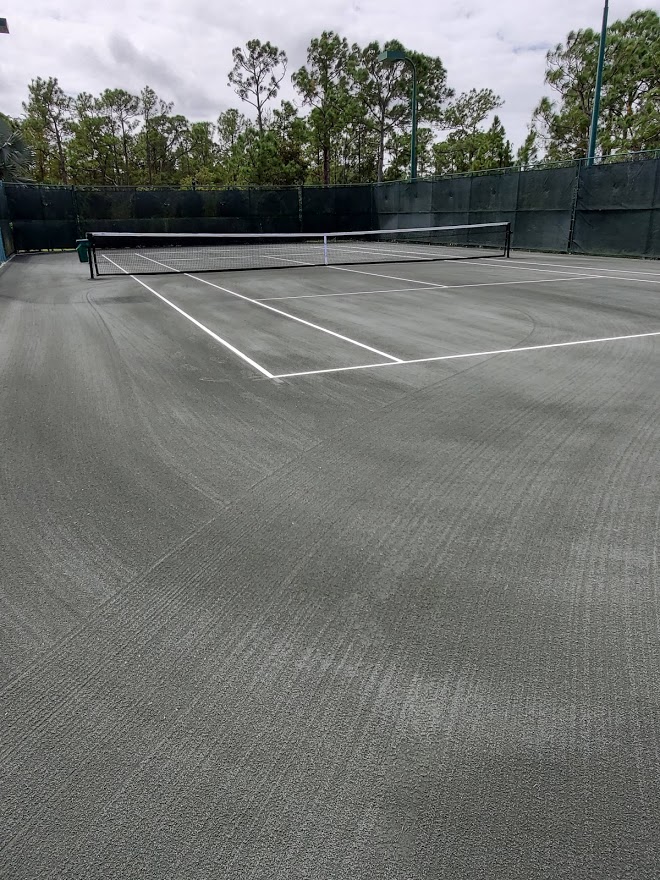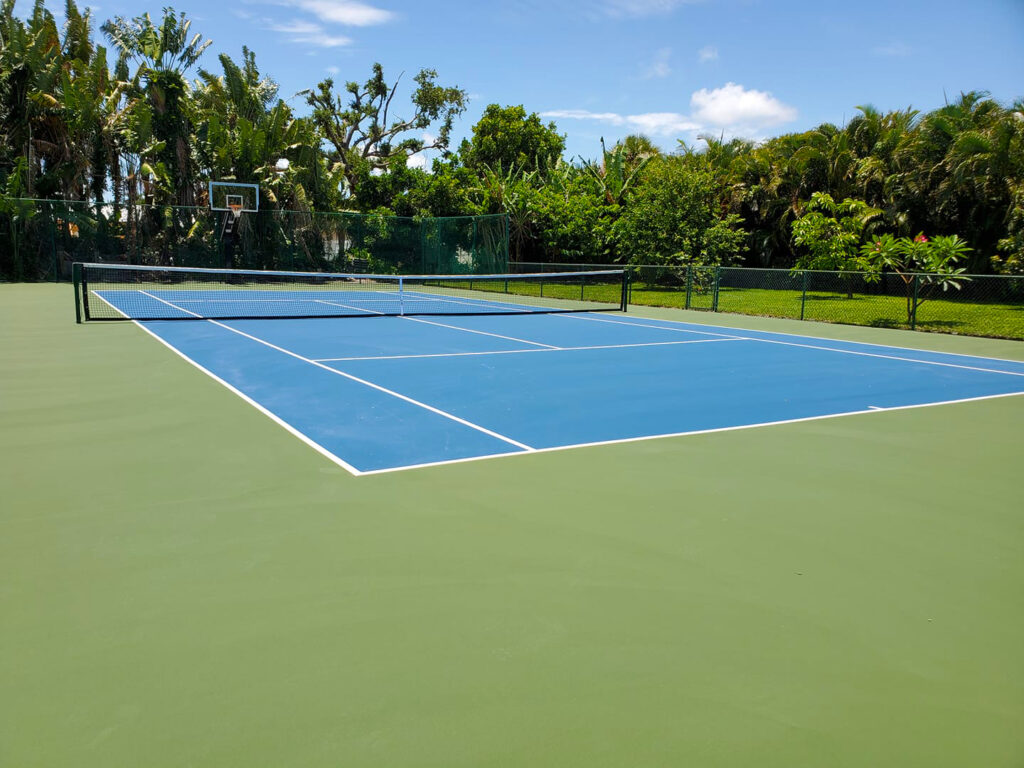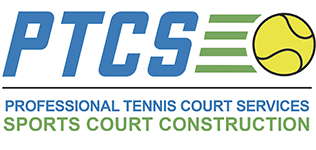Clay Courts vs Hard Courts
Ever wondered why Michael Chang excelled on Clay Tennis Courts back in the 90s while the great Pete Sampras, who has won all the major Grand Slams, has never won a Grand Slam played on Clay Courts? Before today’s current stars which have won titles on hard courts, clay courts and grass courts — tennis plays who were good on the hard court, couldn’t handle the clay courts and vice versa. Here’s why.

Clay Courts
There are a variety of different clay courts and the colors of the clay means they’re made of different materials. Red clay courts are made of crushed brick and shale, green clay courts use crush basalt, blue clay courts are made from crushed brick, and grey clay courts are made from natural clay from the ground. Clay courts are cheaper to construct, but they need a lot of maintenance, which costs a lot of money. They need to be rolled, lines need to be painted more frequently and the amount of water left on the courts has to be watched closely. They are a little more to maintain than the hard courts. The clay court provides a surface where:
- It slows down the speed of the ball;
- reduces the skid of the ball on the surface of the court; and
- causes a high bounce of the ball.
Due to the these characteristics, the Clay Courts reduces the speed of a ball which is hit by hard hitters as it slows down the speed of the ball, making it easier for an opponent to return the shot. This may explain why players such as Pete Sampras, who favor the serve and volley game on hard courts have never won a Championship on a clay court.

Hard Courts
Hard Courts are courts generally made from asphalt or concrete and are the most commonly available courts as they are easy to maintain. The Hard Court provides a surface where:
- balls travel at a speed slower than on Grass Courts but faster than Clay Courts;
- the bounce of the ball is high due to the hard surface; and
- bounce of the ball is very predictable as the surface is very flat and easy to maintain.
The Hard Court is generally considered by the International Tennis Federation (ITF) as a good surface for all types of players as it provides a good compromise between the Grass Courts and Clay Courts which provides players favoring various styles of play, from the Serve and Volley player to a Baseliner, thus providing an even playing field. Both courts are great for tennis players, but when it comes to construction, maintenance costs and aesthetic appeal, hard courts are the way to go.
